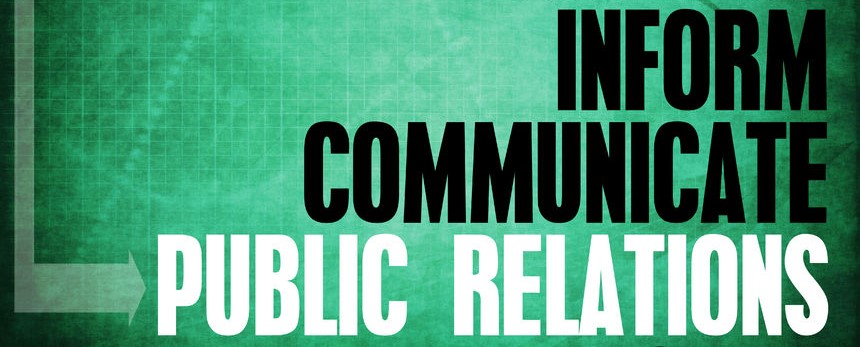Too often businesses look at public relations selfishly from the perspective of “free promotion” and wanting to get something from it.
By Susan Saldibar
Last month I spoke with the folks at SageAge Strategies (a Senior Housing Forum partner) about the ins and outs of using Public Relations, (PR) more effectively. When I submitted a draft of my interview article to SageAge for review, John Vitale, Media Director for SageAge, had a few comments about editors. The comments were good ones. So good, in fact, that I decided to track John down for a little Q&A on the topic. He’s been out on paternity leave, so I really appreciated his taking the time to answer my questions. Here is what he had to say.
Q: So, what do marketers do that turns off editors?
A: Too often businesses look at PR selfishly from the perspective of “free promotion” and wanting to get something from it. The impact of PR is two-fold. Yes, part of an organization’s goal is getting their brand presented to the public in a positive light and, in turn, gaining brand recognition and reputation. But, when crafting a PR message (assuming you’re not in crisis mode), a well-delivered message should effectively communicate what an organization is willing to give or has given to the community. What value do you offer to the immediate public and the surrounding community as a whole? And, most importantly, it should communicate how your services or community involvement positively impacts people on a personal/granular level.
Q: So, with that in mind, how can senior living communities stand a better chance of getting their stuff published?
A: Understand how editors work. Press releases are run by editors for one of two reasons: 1) They need help filling space or, 2) They genuinely feel there is some value in running the piece, and that it will benefit the audience the publication is aiming to serve. The first reason is strictly the luck of the draw for PR professional. However, if you can build relationships with influencers and editors and articulate your value with PR pieces that convey your message to the public, you won’t have to depend on luck.
Q: Any “do’s” and “don’ts”?
A: “Don’ts,” for sure. One of the biggest issues I noticed when I started in this role was that pretty much all of our PR was not formatted correctly for AP (Associated Press) writing style. Pretty much all newspapers still use AP writing style. It’s tedious to follow and not easily memorized, so you’ll still see big AP style books in just about every newsroom. You need to have people who are familiar with this style writing your press releases. PR professionals violate AP rules every day, not realizing that they are decreasing the chances of their pieces getting published. Editors want to receive PR that is distribution-ready and formatted correctly in AP style. Otherwise, you’re asking the editors do it, which only siphons away their valuable time just to make your release distribution-ready. That means your release will not get published. Every senior living community should own an AP Stylebook. You can buy them used on Amazon for about $15. It will be an investment well spent.
As far as “do’s” go; know your media outlets. Know their distribution format. Newspapers tend to publish articles written in “passive” voice [a new senior living community was opened in Seattle, by XYZ Senior Care.] Broadcast outlets tend to disseminate their information in “active voice” [XYZ Senior Care opened a new senior living community in Seattle.] What are your goals? Are you sending a full story hoping to get it published? Or are you looking for a newspaper or website to distribute a simple “who, what, where, and when” on their community events board? Knowing how a media outlet is most likely to distribute your release and providing it to them in the correct format will definitely increase the chances that your PR gets picked up. On the other hand, sending one press release in one format to various media outlets is not the way to go.
Q: Any parting thoughts for senior living communities?
Relationship building is still the name of the game. Staying well connected with influencers in your industry will always help you stay ahead of the curve. Developing symbiotic relationships with editors and writers who need content related to your industry and services will go a long way. Finally, don’t just look to “take” from editors, writers, and influencers. Be willing to give whatever you can in return.
For more information on SageAge and how they can help your media efforts, please visit their website.
Click on the button below to download a PDF copy of this article:










